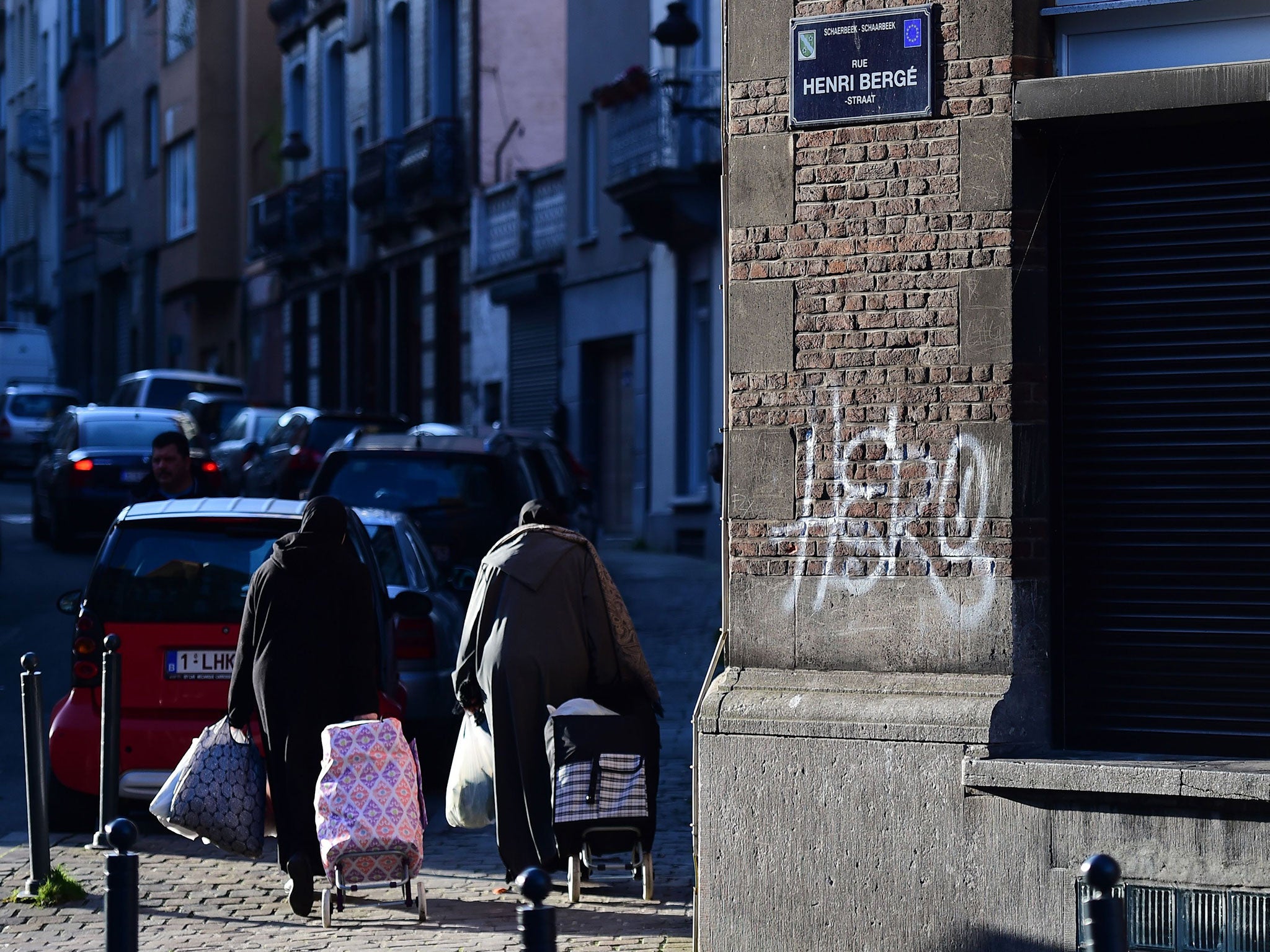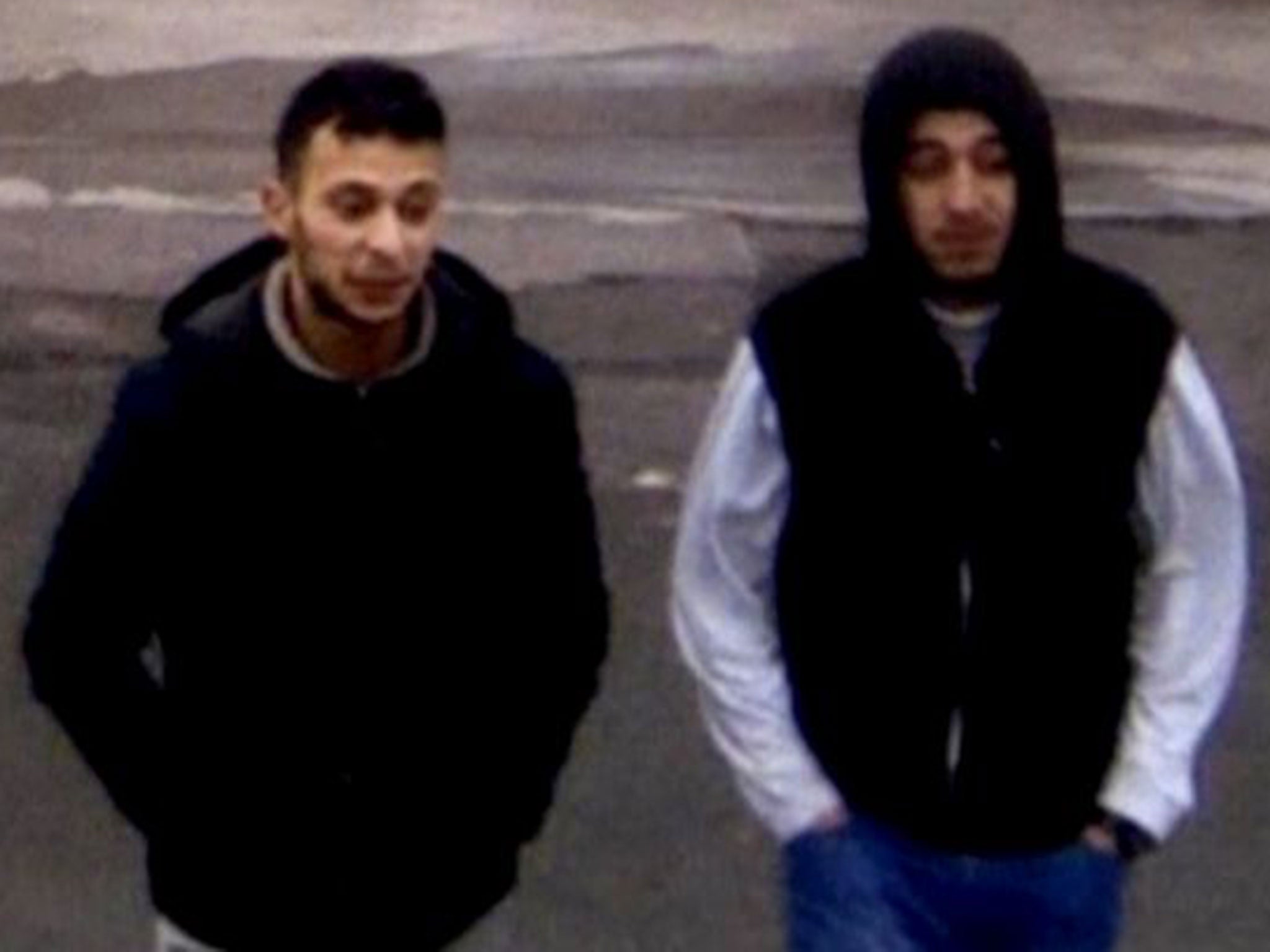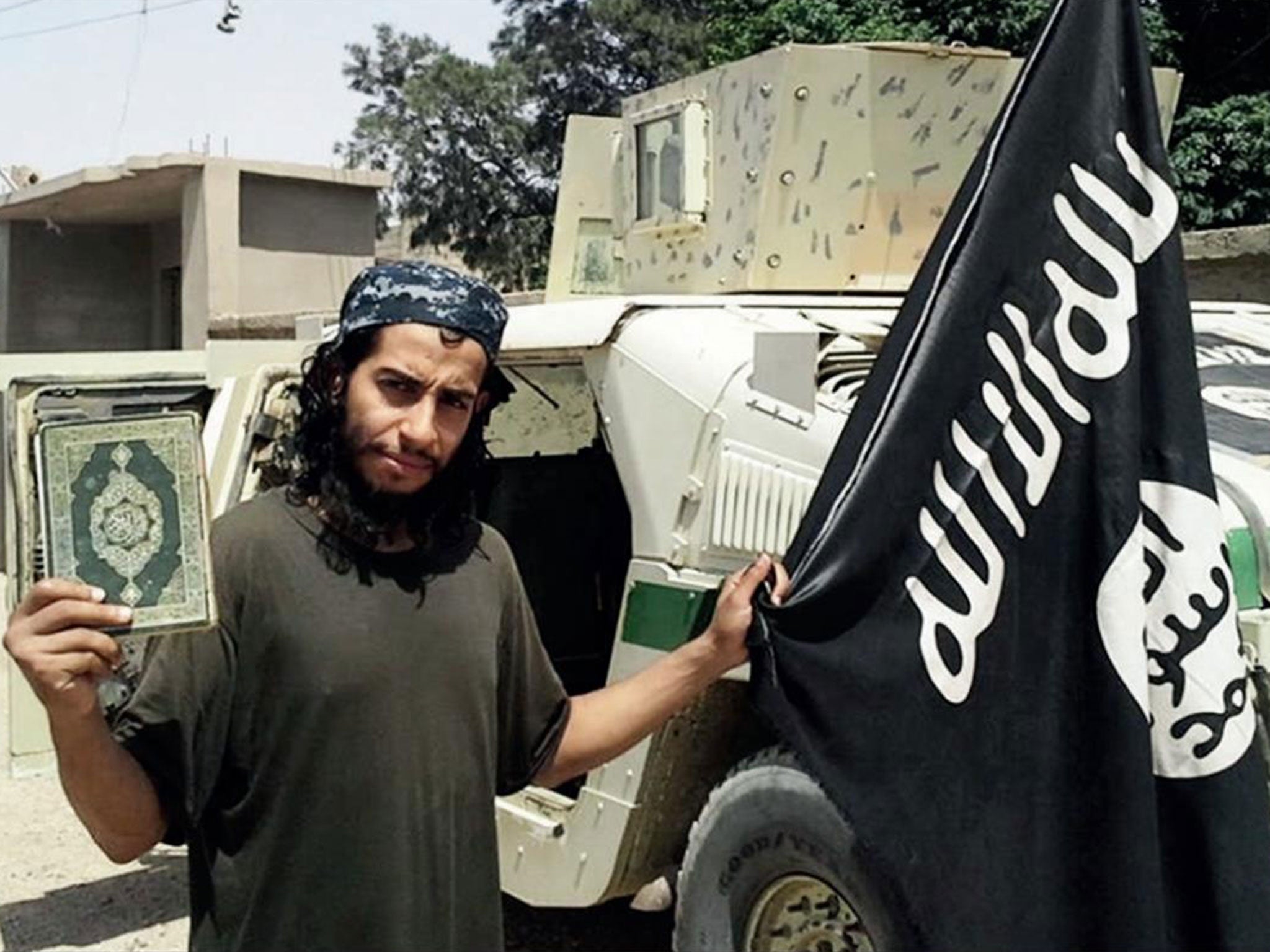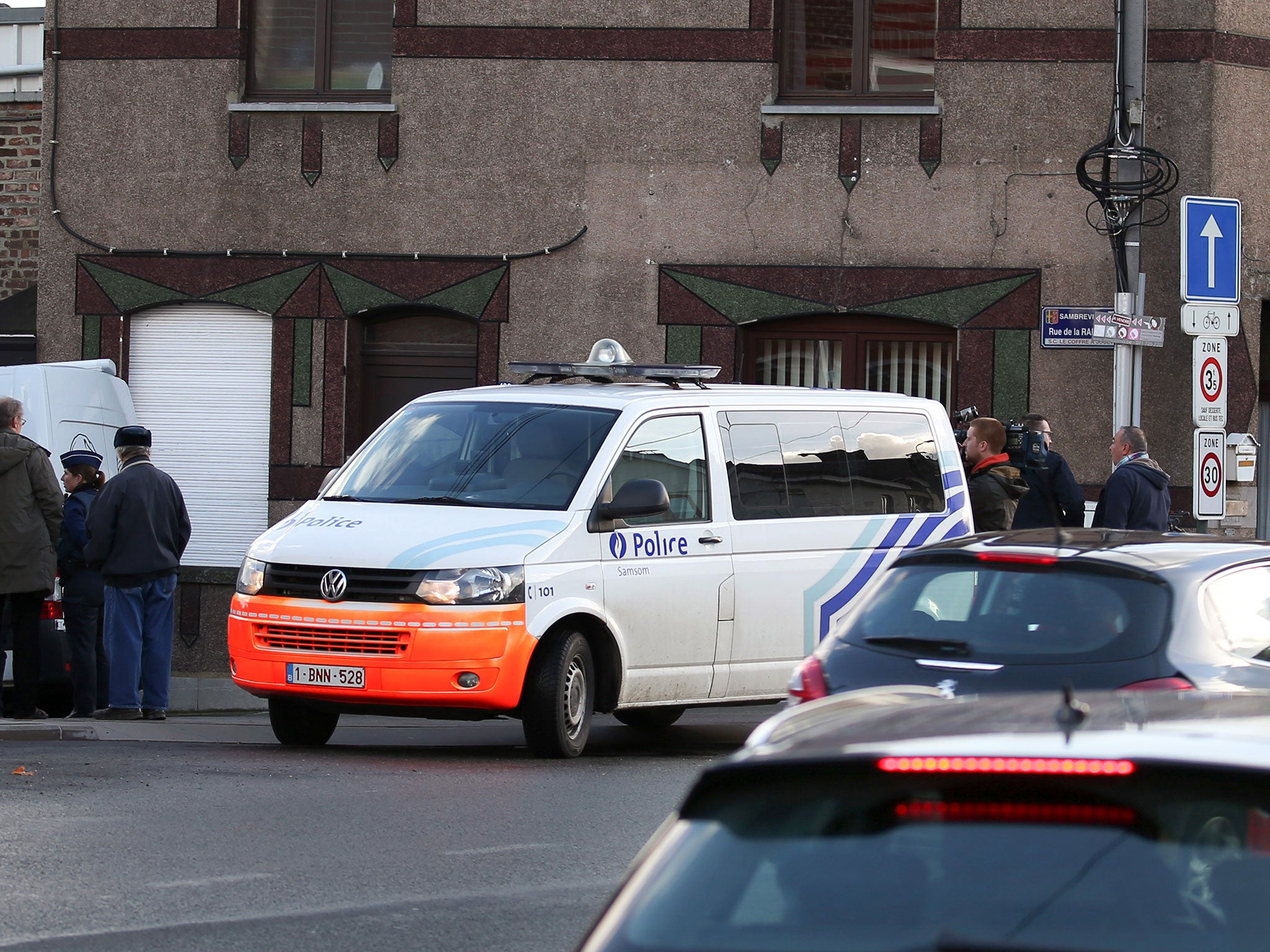Paris attacks: Safe houses used to prepare for Isis massacres uncovered in Belgium
Fingerprints and DNA tracing Salah Abdeslam, Abdelhamid Abaaoud and Bilal Hadfi were found

Your support helps us to tell the story
From reproductive rights to climate change to Big Tech, The Independent is on the ground when the story is developing. Whether it's investigating the financials of Elon Musk's pro-Trump PAC or producing our latest documentary, 'The A Word', which shines a light on the American women fighting for reproductive rights, we know how important it is to parse out the facts from the messaging.
At such a critical moment in US history, we need reporters on the ground. Your donation allows us to keep sending journalists to speak to both sides of the story.
The Independent is trusted by Americans across the entire political spectrum. And unlike many other quality news outlets, we choose not to lock Americans out of our reporting and analysis with paywalls. We believe quality journalism should be available to everyone, paid for by those who can afford it.
Your support makes all the difference.Three flats and houses where the Paris attackers prepared for the shootings and suicide bombings that killed 130 people in November have been uncovered in Belgium.
They link Salah Abdeslam, the only member of the Isis cell believed to be still at large, militant Bilal Hadfi, suspected mastermind Abdelhamid Abaaoud and unidentified accomplices using three false identities.
New findings released by the federal prosecutor in Belgium, where four of the attackers had lived, reveal that preparations for the atrocity dated back to September.
On the first of the month, a person using a fake identity in the name of Fernando Castillo rented a flat in the Brussels district of Schaerbeek for one year, paying the landlord in cash.
The home, in Rue Henri Bergé, may have been the bomb-making factory for the suicide vests that the attackers would go on to kill themselves with at the Bataclan, Stade de France and bars and restaurants.
A police search on 10 December found “material that can be used to fabricate explosives” precision scales, traces of TATP (acetone peroxide), waist belts, as well as a drawing representing a person wearing one of the devices.
Abdeslam’s fingerprint was found at the scene, as well as DNA traces of Bilal Hadfi, a 20-year-old Frenchman who blew himself up outside the Stade de France after being denied entry.

Two days after the Schaerbeek flat was rented, another home was rented for a year in the city of Charleroi, this time using the pseudonym Ibrahim Maaroufi.
Fingerprints discovered in a forensics search in Rue du Fort on 9 December showed Hadfi had been there alongside Abdelhamid Abaaoud, the Belgian Isis militant suspected of orchestrating the attack.
He was killed on 18 November during a police raid on another safe-house in the Paris suburb of Saint-Denis, where French prosecutors said he was planning another attack in the La Defence business district.

Abaaoud was not initially believed to be directly involved in the Paris attacks but his fingerprints were found on a Kalashnikov left in a Seat car abandoned in Montreuil, suggesting he was among the gunmen targeting bars and restaurants.
Belgian authorities also believe preparations were also made at a house in Auvelais, a small town outside Charleroi, in Namur province.
It was rented later, on 5 October, but like the others was taken for one year by a person paying in cash and using a fake name, this time of Soufiane Kayal.
That identity matches that used by one of the two people that Abdeslam picked up in Budapest on 9 September before apparently driving back to Belgium.
A house search conducted on 26 November found several mattresses, suggesting several members of the cell stayed there.

Belgian investigators are also focusing on the hire cars used to ferry attackers around.
A Seat Leon, which was later used during the shooting attacks in Paris, had been parked near the homes in both Charleroi and Auvelais.
A man named by Belgian prosecutors as Mohamed B, a suspected accomplice charged with aiding “terrorist murders” and participating in Isis activities, also rented a BMW that drove to all three safe-houses.
“Numerous traces retrieved during the three searches are still being examined,” spokesperson Eric Van der Sijpt said.
Meanwhile, the hunt for Abdeslam, whose brother Brahim blew himself up on the Boulevard Voltaire, continues.
An explosives belt was found dumped in a bin in the southern Paris suburb of Montrouge 10 days after the atrocity, near where Abdeslam was traced to on the night.
The discovery fuelled speculation that he was supposed to be among the suicide bombers but abandoned the plan and fled to Brussels, where two men, now accused of aiding terrorism, drove him in the early hours of the following morning.
An international arrest warrant is out for Abdeslam, who friends say could also be hiding from Isis after he reportedly told them he had “gone too far” and regretted his actions.
New CCTV images have been released showing him in northern France on the morning after the attacks wiht Hamza Attou, who drove him home.
Join our commenting forum
Join thought-provoking conversations, follow other Independent readers and see their replies
Comments